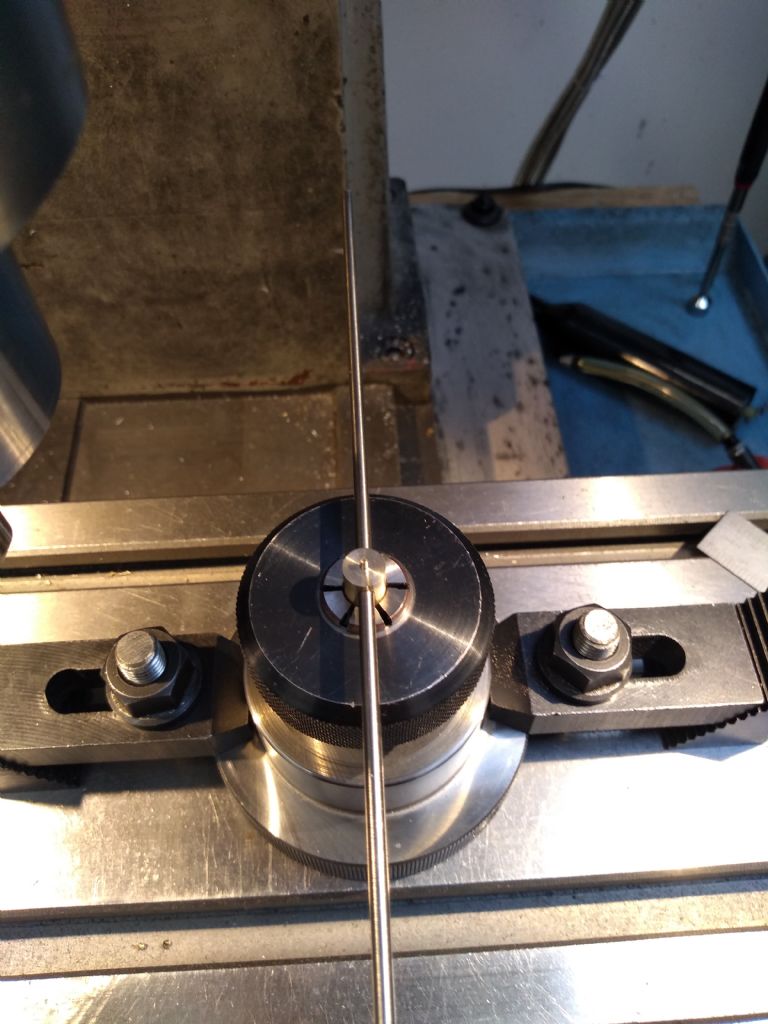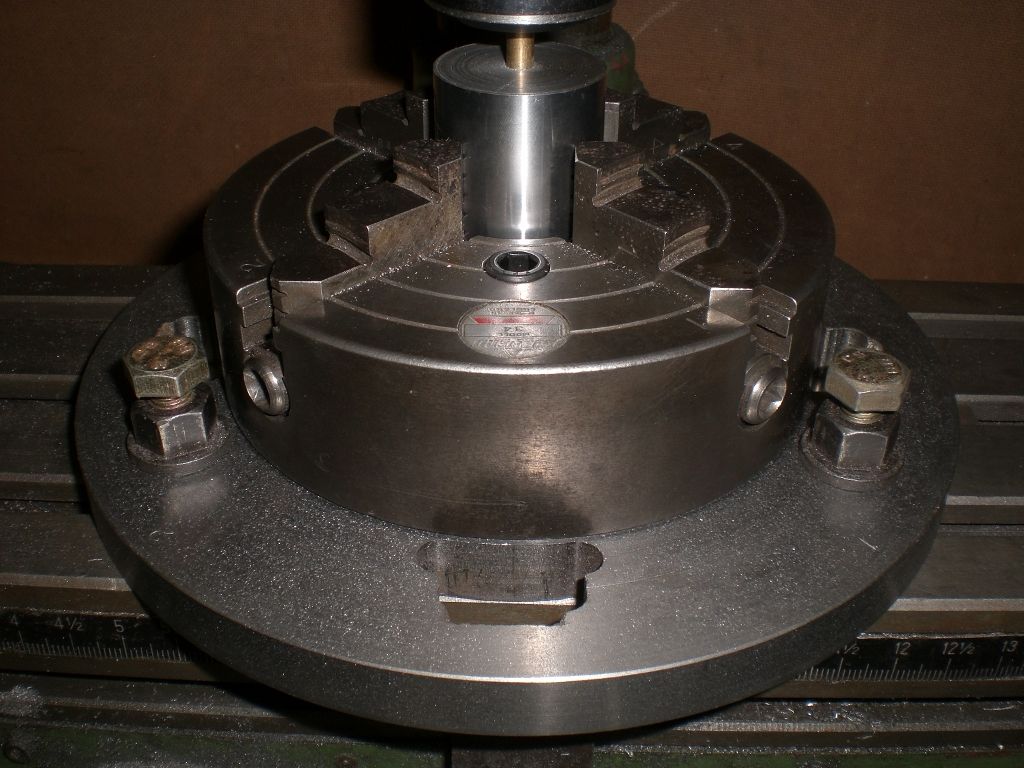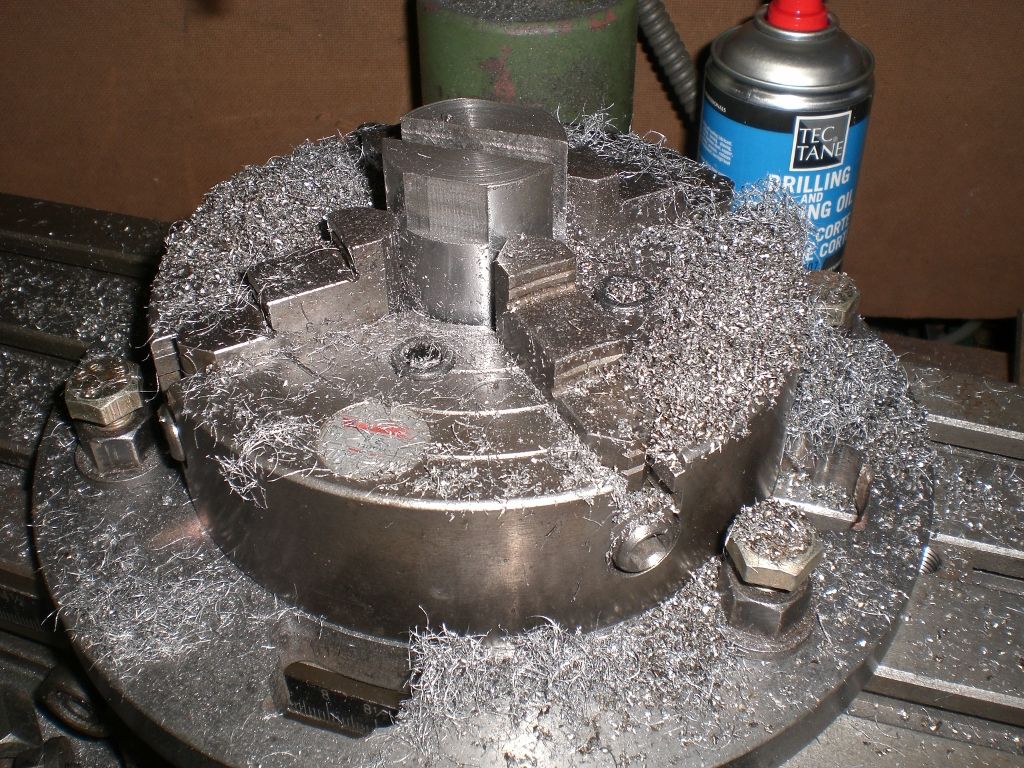Collet chuck for workholding on the mill
Collet chuck for workholding on the mill
- This topic has 13 replies, 7 voices, and was last updated 11 January 2021 at 19:38 by
 Ian P.
Ian P.
Viewing 14 posts - 1 through 14 (of 14 total)
Viewing 14 posts - 1 through 14 (of 14 total)
- Please log in to reply to this topic. Registering is free and easy using the links on the menu at the top of this page.
Latest Replies
Viewing 25 topics - 1 through 25 (of 25 total)
-
- Topic
- Voices
- Last Post
Viewing 25 topics - 1 through 25 (of 25 total)
Latest Issue
Newsletter Sign-up
Latest Replies
- Marlco knurler wheels
- Generator size for vfd controlled 3 phase 5.5 kw motor
- Blue crystals. Probably not meth?
- DIY Pendulum Timer – GPS-Synced Beat Analyser
- Beginner with newly bought lathe – many questions
- Tangential tooling
- Hello from Kent
- Clarke CL500M longitudinal feed screw
- More Lidl questions
- Lubrication of headstock bearings on a Clarke CL500M









